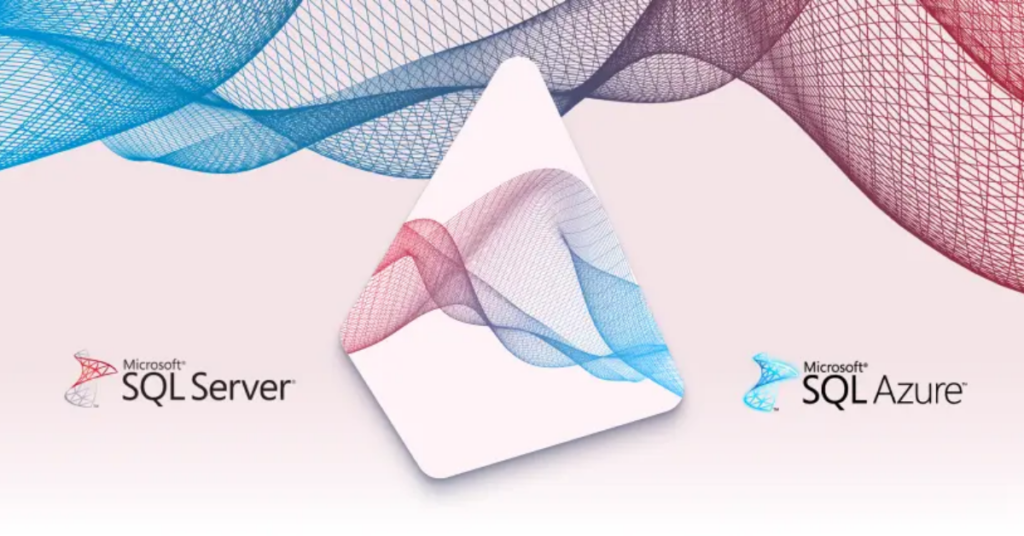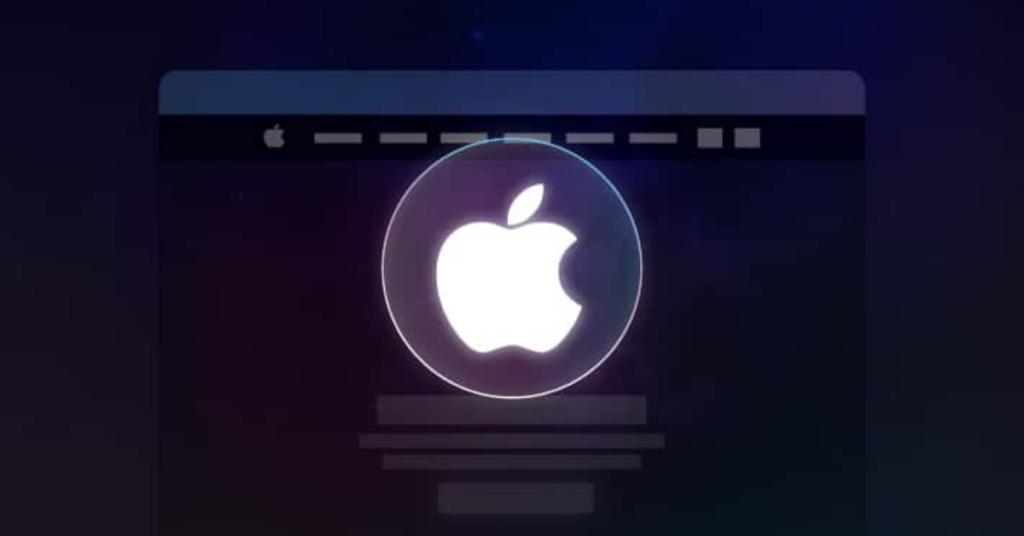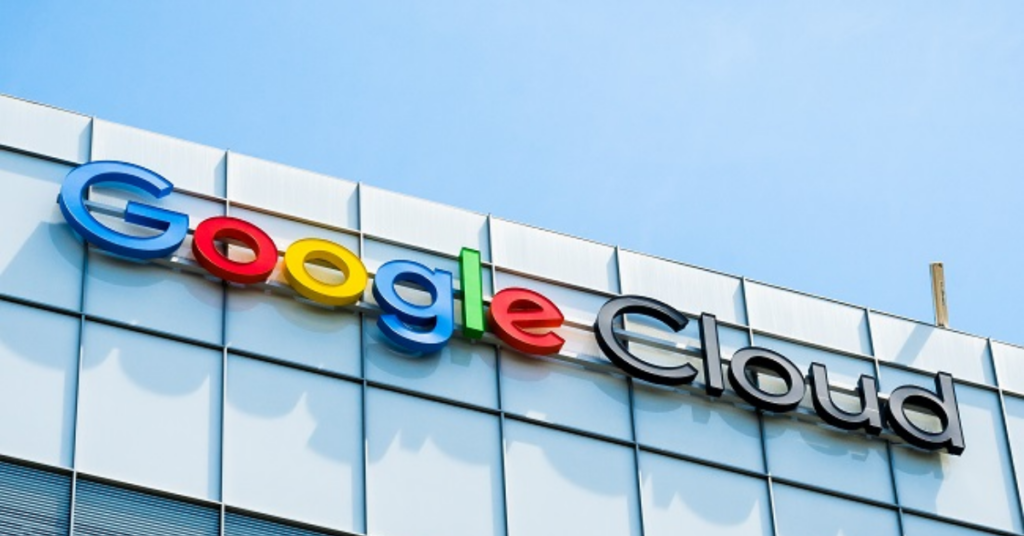In the ever-evolving landscape of digital technology, Cloudflare has recently unveiled a set of advanced tools designed to block AI-driven web crawlers. These crawlers, typically used to scrape data for training generative AI models, have become a hot topic in the tech world. While the intention behind this move is clear—to enhance data security and protect digital assets—it’s crucial to examine both sides of this coin.
Positive Impacts of Cloudflare’s New Tools
Let’s start with the positives. Cloudflare’s new feature offers businesses unprecedented control over bot activities on their websites. It’s a powerful tool that allows companies to decide which bots can access their sites and to what extent. This granular control is a game-changer for businesses that have been grappling with unauthorised data scraping and the associated strain on server resources.
For medium-sized businesses, this could be particularly beneficial. These companies often lack the robust infrastructure of tech giants but still possess valuable digital assets that need protection. The ability to safeguard content while maintaining optimal web performance is no small feat. Moreover, the tool’s capability to differentiate between AI crawlers and legitimate search engine bots ensures that a company’s SEO efforts aren’t inadvertently hampered.
Broader Implications and Potential Downsides
However, let’s pause for a moment and consider the broader implications. While data protection is undoubtedly important, are we potentially stifling innovation by limiting access to publicly available information?
The internet has long been a catalyst for innovation, largely due to its open nature and the free flow of information. AI models, which have shown immense potential in various fields from healthcare to climate change mitigation, rely heavily on vast amounts of diverse data for training. By restricting access to a significant portion of the web (remember, Cloudflare manages a substantial number of websites), we may be inadvertently putting a brake on AI advancement.
The Intent Behind Public Data
There’s also a question of intent here. If a company chooses to make information publicly available on their website, isn’t the assumption that this data is meant to be… well, public? By blocking AI crawlers, we’re essentially saying that this public data is only meant for human consumption, not machine learning. This seems at odds with the rapidly digitalising world we live in, where the lines between human and machine information processing are increasingly blurred.
Moreover, this move could potentially widen the gap between large tech companies with vast proprietary datasets and smaller innovators who rely on open-source data. It’s worth considering whether this could lead to a concentration of AI capabilities in the hands of a few, rather than fostering a more democratised AI landscape.
Navigating the Complexities of Data Protection
That said, it’s important to acknowledge that data scraping without consent can indeed be problematic. It can lead to issues ranging from copyright infringement to privacy concerns. However, perhaps the solution lies not in blocking AI crawlers entirely, but in developing more nuanced policies and technologies that can distinguish between beneficial data collection and harmful scraping.
As we navigate this complex issue, it’s crucial for businesses to think carefully about their stance. While Cloudflare’s tools offer powerful protection, they should be used judiciously. Consider what data truly needs to be protected and what information could contribute to broader innovation if left accessible.
Finding the Right Balance
In conclusion, while Cloudflare’s new AI crawler blocking tools offer important protections, they also present a challenge to the open nature of the internet that has driven innovation for decades. As we move forward in this AI-driven era, finding the right balance between data protection and open access will be crucial. It’s a conversation that needs to involve not just tech companies and businesses, but also ethicists, policymakers, and the broader public. After all, the future of AI—and by extension, the future of innovation—depends on how we navigate these waters.




